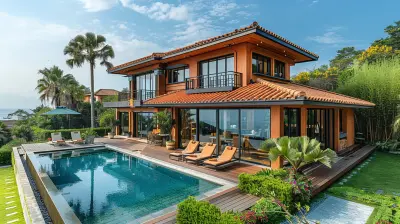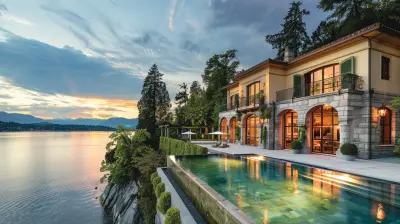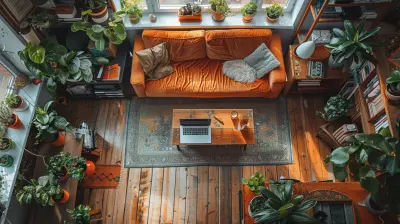Passive Solar Design: The Secret to Energy-Efficient Homes
31 July 2025
When you think of an energy-efficient home, what comes to mind? Solar panels? Smart thermostats? While those are great, there's a lesser-known hero in the world of sustainable living—passive solar design.
This simple yet brilliant method uses the natural power of the sun to heat and cool your home without relying on costly energy-consuming systems. Sound like magic? It’s not. It’s just smart design.
Let’s dive into the world of passive solar design and see how it can transform your home into an energy-saving masterpiece. 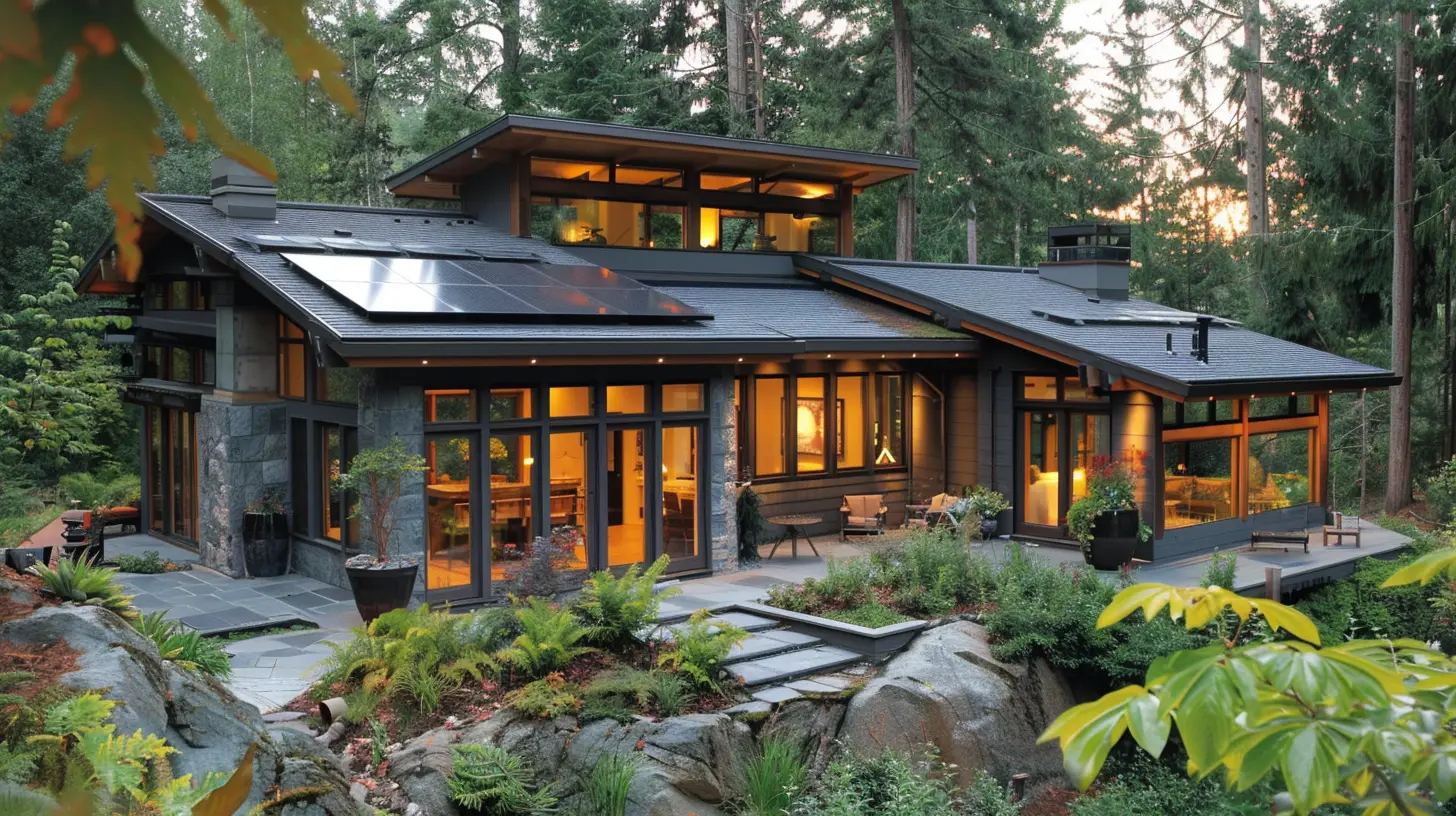
What Is Passive Solar Design?
Passive solar design is all about working with nature instead of against it. Unlike active solar systems, which use panels and batteries to generate power, passive solar design doesn’t require complex technology. Instead, it optimizes your home’s structure, layout, and materials to naturally regulate indoor temperatures.In other words, your home absorbs, stores, and distributes solar energy efficiently. It stays warm in winter and cool in summer—all while cutting down on utility bills.
So, how does this work? Let’s break it down. 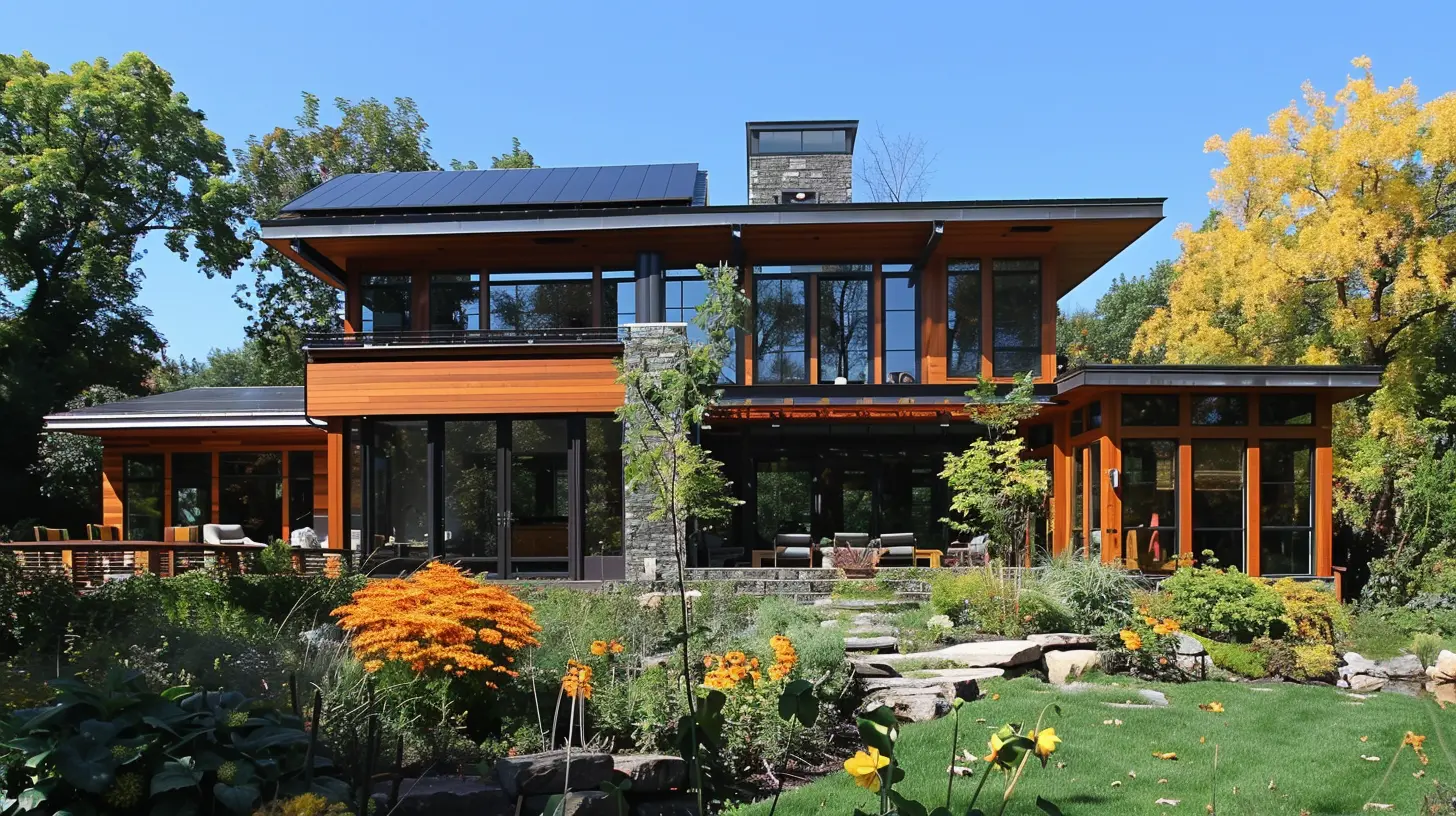
The Key Principles of Passive Solar Design
Building a home with passive solar design means following a few essential principles. These aren't just fancy architectural terms—they're the foundation of a home that stays comfortable year-round.1. Orientation Matters
The direction your home faces impacts its ability to collect sunlight.- Optimal direction (Northern Hemisphere): South-facing windows maximize solar gain in winter and minimize excess heat in summer.
- Southern Hemisphere: The opposite applies—north-facing windows work best.
- Avoid east- and west-facing windows: They let in too much unwanted heat during summer mornings and evenings.
Simply adjusting the orientation of your home can significantly reduce heating and cooling costs.
2. Windows: The Eyes of Your Home
Windows are more than just a way to enjoy a nice view—they're a crucial part of passive solar design.- Large, well-placed windows allow sunlight to enter and heat interior spaces naturally.
- Double or triple glazing improves insulation, reducing heat loss during cold months.
- Overhangs or shading devices prevent excessive heat gain in the summer.
Think of your windows as solar collectors. When placed strategically, they bring in warmth when you need it and keep it out when you don’t.
3. Thermal Mass: The Heat Battery
Have you ever noticed how a stone wall feels warm hours after the sun sets? That’s the concept of thermal mass at play.- Materials like brick, concrete, tile, and stone absorb heat during the day and slowly release it at night.
- This helps regulate indoor temperatures, reducing reliance on heating and cooling systems.
- If used correctly, thermal mass can cut energy costs by up to 50%!
By incorporating the right materials, your home can essentially store solar energy like a battery and release it when needed.
4. Insulation and Air Sealing: Keeping the Comfort In
A well-designed passive solar home needs to trap warmth in winter and block heat in summer. This is where insulation and air sealing come in.- Proper wall, roof, and floor insulation minimizes unnecessary heat loss and gain.
- Airtight seals prevent unwanted drafts, keeping your home temperature stable.
Think of insulation like a cozy winter coat—it locks in warmth when it's cold and keeps the heat out when it's warm.
5. Natural Ventilation: The Cooling Secret
Passive solar design isn’t just about heating—it also keeps your home cool.- Cross-ventilation: Windows and vents positioned strategically allow fresh air to move freely throughout your home.
- Stack effect: Warm air rises and escapes through higher openings, pulling in cooler air from lower areas.
By maximizing airflow, your home stays fresh and breezy—without the need for air conditioning. 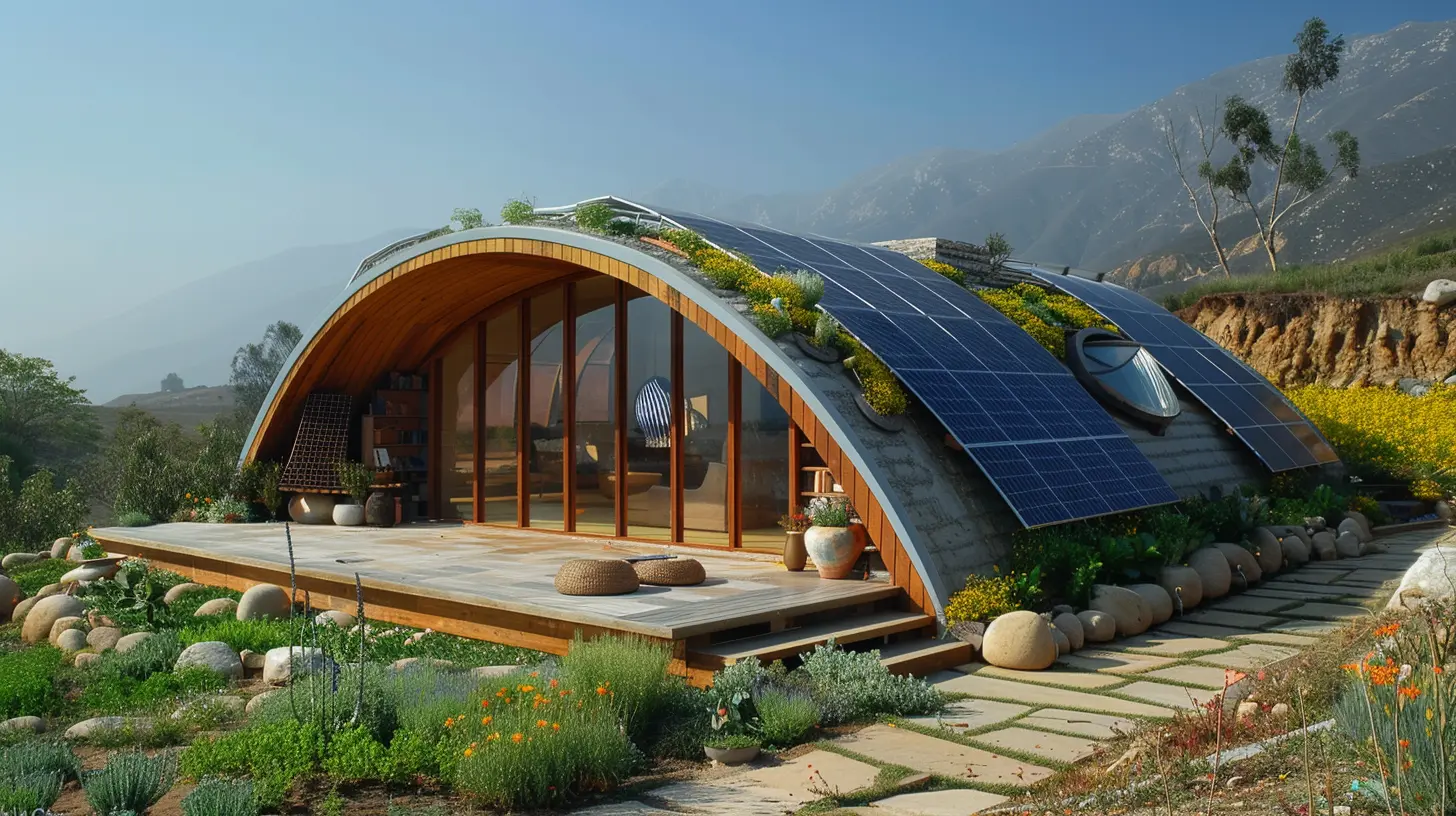
Benefits of Passive Solar Design
Now that we’ve covered the basics, let’s talk about the real-world benefits of passive solar homes.1. Lower Energy Bills
Heating and cooling account for nearly 50% of the average home’s energy use. With passive solar design, you cut down those costs dramatically—sometimes even eliminating them entirely. Imagine slashing your electricity bill without sacrificing comfort!2. Environmentally Friendly
Using the sun’s free energy means reducing your dependence on fossil fuels. Passive solar homes produce fewer carbon emissions, making them a sustainable choice for an eco-friendly future.3. Increased Comfort
Passive solar homes are more comfortable to live in. The natural heating and cooling process creates a stable indoor temperature, meaning fewer hot or cold spots. Say goodbye to chilly mornings and sweltering afternoons!4. Low Maintenance
Unlike high-tech solar panel systems, passive solar design requires little to no maintenance. Once built, it works effortlessly—no moving parts, no expensive repairs.5. Higher Resale Value
Energy-efficient homes are in high demand. Buyers love the idea of lower energy bills and a comfortable living environment. A well-designed passive solar home can boost property value, making it a fantastic long-term investment.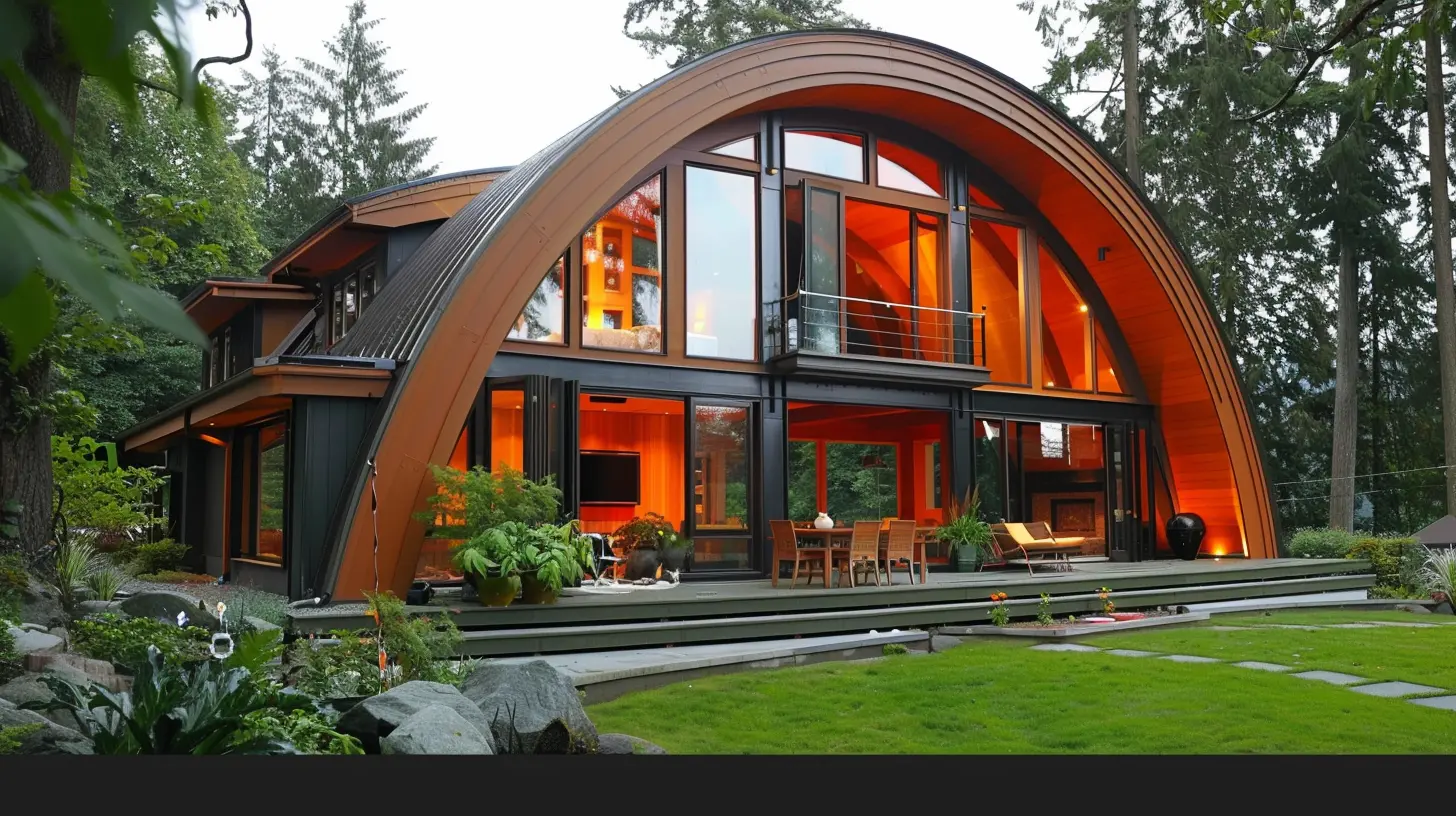
How to Incorporate Passive Solar Design in Your Home
You don’t need to build a brand-new house to benefit from passive solar design. Here are some simple ways to implement it in your existing home:- Add thermal mass: Install stone flooring, brick walls, or concrete countertops to store and release heat.
- Upgrade insulation: Seal air leaks and improve wall, attic, and window insulation.
- Optimize window placement: Consider adding south-facing windows or reducing excessive east- and west-facing glass.
- Install shading devices: Use awnings, pergolas, or deciduous trees to block intense summer sunlight.
- Enhance natural ventilation: Open windows strategically or install vented skylights to improve airflow.
Even small changes can dramatically increase your home's energy efficiency.
The Future of Passive Solar Homes
With rising energy costs and growing environmental concerns, passive solar design is more relevant than ever. Many architects are now prioritizing sustainable home design, and homeowners are realizing the long-term benefits of energy-efficient living.As technology advances, we may see even smarter ways to integrate passive solar principles into modern homes. But one thing is clear: the sun isn’t going anywhere, and neither is passive solar design.
Final Thoughts
Passive solar design isn’t just a trend—it’s a smart, sustainable way to build homes that work with nature instead of against it. Whether you’re building from scratch or making improvements to your existing home, embracing passive solar principles can save you money, enhance comfort, and reduce your environmental impact.So why not let the sun do the heavy lifting? With passive solar design, your home can be bright, warm, and energy-efficient—all without lifting a finger.
all images in this post were generated using AI tools
Category:
Green HomesAuthor:

Lydia Hodge
Discussion
rate this article
2 comments
Daniel McKeever
“Embrace the sunshine! Passive solar design is a smart, eco-friendly choice that keeps homes cozy and energy bills low!”
December 3, 2025 at 5:39 AM
Valencia McLaury
Passive solar design is a game changer for energy-efficient homes. By strategically utilizing sunlight for heating and cooling, homeowners can significantly reduce energy costs while minimizing their carbon footprint. This sustainable approach not only enhances comfort but also increases property value, making it a smart investment for the future.
August 6, 2025 at 3:44 AM

Lydia Hodge
Thank you for your insightful comment! You're absolutely right—passive solar design is a powerful tool for enhancing energy efficiency, comfort, and sustainability in homes.
